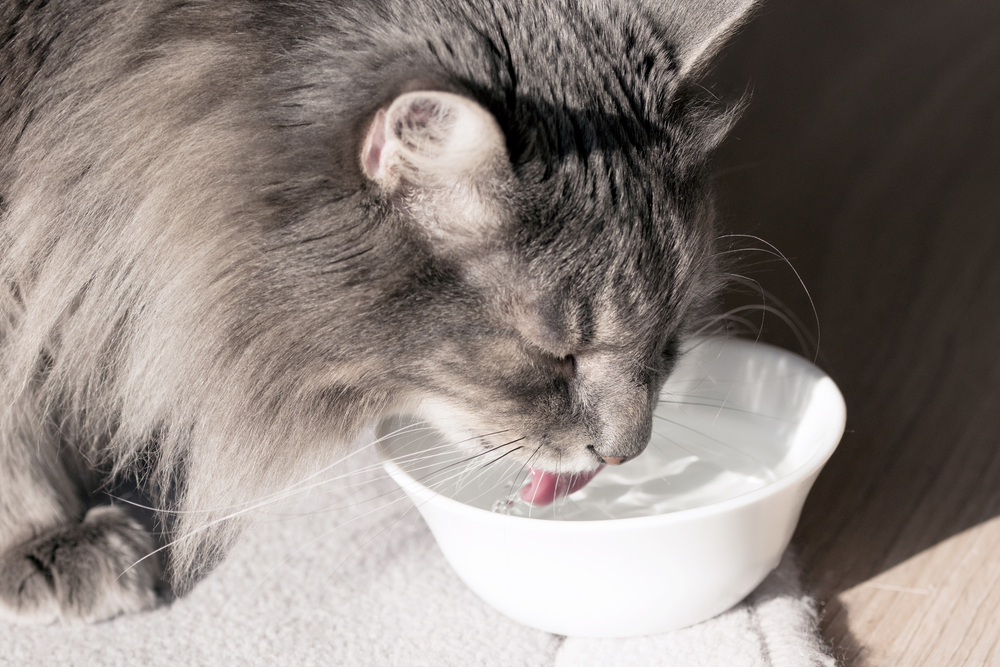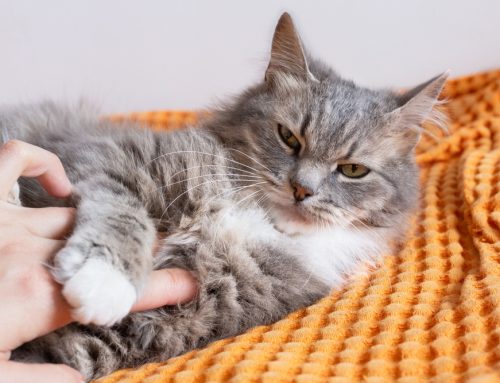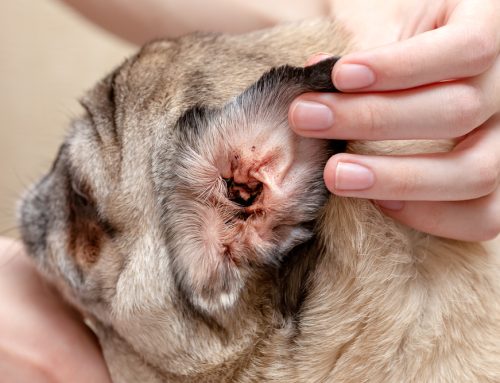Changes in your pet’s food or water intake can indicate a serious health problem that requires a veterinary examination. Our Countryside Veterinary Hospital team explains what issues can cause changes to your pet’s appetite or thirst.
Why is my pet not eating?
When your dog or cat sniffs their food and walks away, they may not just be feeling finicky. If your pet refuses a meal or only takes a few bites, potential problems include:
- Diet change — Some pets don’t like change, and they may not appreciate a new food. This is a common issue when switching to a veterinary-prescribed diet, but can occur anytime you change your dog’s or cat’s food. When changing your pet’s food, always make the switch gradually over one week. Start by adding a small amount of the new food and gradually incorporate more of the new food throughout the week.
- Illness — Any condition that makes your pet feel bad can lead to a decreased appetite. They may exhibit other signs, such as a fever or lethargy, but in some cases, a decreased interest in food is the only sign.
- Pain — Pets who experience acute or chronic pain may have a decreased appetite. Oral pain from periodontal disease, loose teeth, or tooth root abscesses can make eating difficult for your pet, but other conditions, such as osteoarthritis, can also lead to a reduced interest in food.
- Stress — Some pets, especially cats, are sensitive to stress, and the smallest change in their environment can increase their anxiety, leading to a decreased appetite. Evaluate your pet’s situation to determine if they could be stressed.
- Competition — If you have multiple pets in your home, one pet may bully another, preventing them from getting to the bowl to eat.
Why is my pet so hungry?
Although you may be thrilled that your dog or cat is eating with gusto, if your pet is suddenly hungry all the time, they may have a medical condition. An uncharacteristically ravenous appetite can signal a health problem such as:
- Parasites — A majority of pets contract intestinal parasites during their lifetime. Parasites can leach nutrients, causing your pet to need more calories to meet their nutritional needs. We recommend regular fecal testing to ensure your pet is parasite-free.
- Diabetes — Diabetic pets can’t utilize glucose for energy, and no matter how much they eat, their hunger is never satisfied. Other diabetes signs include weight loss and increased thirst and urination.
- Cushing’s disease — Cushingoid pets have increased cortisol levels that trigger their appetite. The condition is most common in older dogs, and other signs include weight gain, pot-bellied appearance, poor hair coat, chronic skin infections, and increased thirst and urination.
- Hyperthyroidism — Hyperthyroidism is common in older cats, and the condition causes an increased metabolic rate, leading to a ravenous appetite. Other signs include weight loss, an unkempt hair coat, and increased thirst and urination.
- Malabsorption — Intestinal absorption-inhibiting conditions, such as exocrine pancreatic insufficiency and intestinal cancer, can lead to an increased appetite.
- Medications — Certain medications, such as steroids, can increase your pet’s appetite.
Why is my pet not drinking?
Issues, such as illness, stress, and pain, can cause your pet to drink less than normal. This is concerning because adequate water intake is vital to your pet’s well-being. Prolonged periods without water lead to dehydration, which can cause severe health complications, including death. If your dog or cat is dehydrated, they may need fluid therapy to correct fluid deficits and electrolyte imbalances, so you should schedule an appointment with our Countryside Veterinary Hospital team as soon as possible.
Often, a pet may avoid drinking if they are unhappy with their water situation. To encourage your pet to drink an adequate amount of water, follow these tips:
- Cleaning the bowl — Clean your pet’s water bowl daily, and provide fresh, clean water.
- Providing multiple water sources — Set up water bowls in several locations throughout your home to help ensure your furry pal can easily and conveniently find a drink.
- Choosing the right bowl — Some pets are particular about their bowl’s material. Most pets prefer glass or ceramic bowls. In addition, cats need a large-mouthed water bowl to prevent whisker stress.
- Offering a water fountain — Some pets are drawn to moving water, and they may drink more if they have access to a water fountain.
Why is my pet so thirsty?

Although dehydration is extremely concerning, your pet may have a medical issue if they have begun draining their water bowl. If your dog or cat can’t seem to get enough to drink, they may have a problem such as:
- Diabetes — A diabetic pet has an increased blood sugar level that the kidneys must filter out. The overabundance of sugar pulls water during the filtering process, leading to increased urination and thirst.
- Kidney disease — Kidney disease is common in pets, especially senior dogs and cats, and when their kidneys are compromised, these organs can’t concentrate urine, leading to increased urination and thirst.
- Hyperthyroidism — In addition to being excessively hungry, hyperthyroid cats are often also excessively thirsty.
- Cushing’s disease — The elevated cortisol levels caused by Cushing’s disease leads to increased thirst and urination.
- Pyometra — Pyometra is a serious uterine infection. The toxins released when this condition occurs interfere with the kidney’s ability to concentrate urine, leading to increased urination and thirst.
Monitoring your pet’s eating and drinking habits is important so you recognize changes as soon as they occur. If your pet’s food or water intake has changed, contact our Countryside Veterinary Hospital team, so we can determine if a medical issue is contributing to the problem and we can establish an appropriate treatment plan.








Leave A Comment